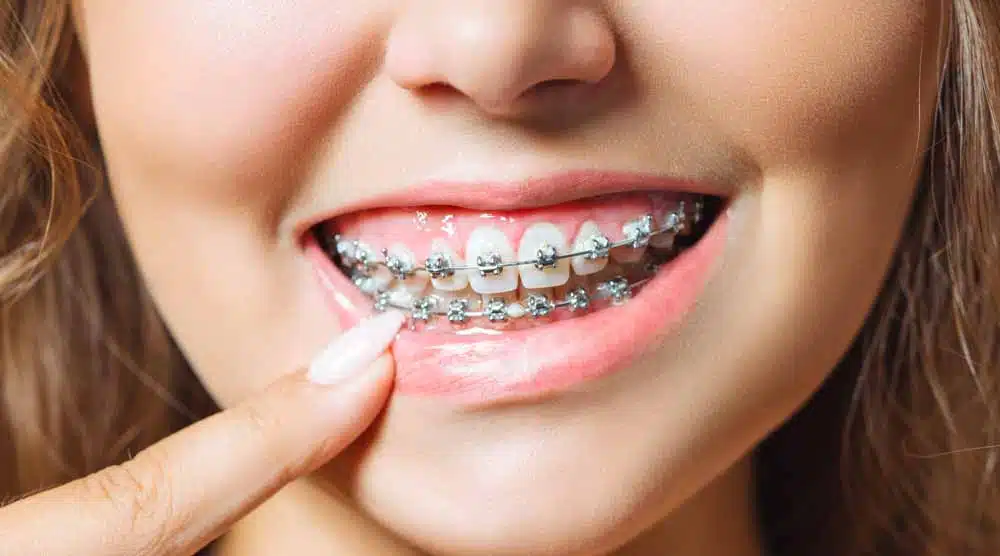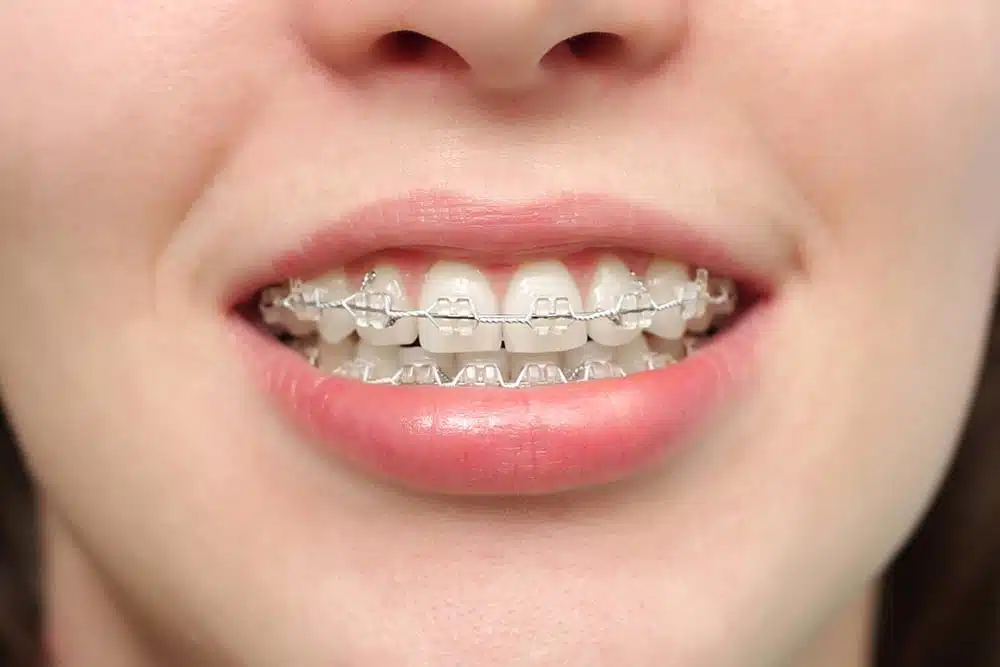
Metal Braces in Houston and Richmond, TX
CALL: (832) 702-2727
At Elara Orthodontics, we are committed to provide our patients with the highest-quality metal braces in Richmond, TX. We employ some of the nation’s top doctors and dental specialists in our state of art office located on Westheimer Rd between Fondren & Gessner.
Many children and teenagers require braces at some point during their childhood to help provide a straighter smile, making it easier to talk, chew, eat, and clean their teeth. Furthermore, braces are becoming more common for adults as well. For those who are thinking about visiting an orthodontist to help find a straighter smile, they might be asking, what are braces? Many people know these as the brackets and wires that many people customize to fit their own personal style over the life of the treatment. For people looking to find more information to answer this question, there are a few details that they should think about.
What are Braces? An Important Overview of Patients Looking for Answers
Many people would be surprised to know that braces have been around for centuries. In fact, early evidence of these devices has been documented during the BC era. Over time, these braces have changed drastically into the modern form that people are familiar with today; however, their basic design and purpose remains the same. Braces are designed in a manner that is meant to apply force to the crown of the tooth. By using a combination of both pressure and tension, the device is used to place force into the root itself. This triggers a process called bone remodeling that helps to shift the teeth into a final position that leads to a straighter smile.

How do braces work?
Braces are one of the main possible tools the orthodontist can use to move teeth and correct the bite to the ideal position. Braces are like a handle on the tooth that we orthodontists utilize to direct teeth to move one way or another, using arch wires and other adjuncts.
Once metal braces are bonded on your teeth, wires are inserted to guide the bracket (and therefore the tooth) to the correct position slowly over time. Arch wires, springs, or rubber bands are all used to create pressure on the teeth to move teeth in a specific direction utilizing constant pressure. Teeth are surrounded by periodontal ligaments and bone that keep them in place, particularly around the roots and underneath the gums. When braces put pressure on your teeth, the periodontal ligaments stretch on the side the tooth is moving away from and compress the side the tooth is moving towards.

This biological process is called bone remodeling and it occurs as cells called osteoblasts and osteoclasts are both present around the teeth and create the interplay of bone resorption on the compression side (allowing the tooth to move towards it), while bone is being formed at the stretching tension side to fill in the gap created by tooth movement.
Due to the delicate nature of the balance between bone deposition (formation), and bone resorption, the most efficient orthodontic movement occurs when forces are kept to light and consistent forces to avoid disruption of the bone remodeling process. It’s important to note that bone formation takes a significant amount of time, therefore teeth can “relapse” or fall back into their original position if they are not held in place for a long enough time. This is why retainers are of critical importance after removal of braces and must be worn as instructed by your treating orthodontist. Retainers are discussed in more detail in a separate page.
Bone remodeling process is fundamental for tooth movement, and it follows the teeth as they are being forced to move into alignment which is dictated by the orthodontic wire, and the bends placed in that wire by the orthodontist. The brackets have to be placed in their ideal precise positions. Once a light straight wire is placed in the correctly placed braces, this will start the movement process as the wire tries to go back to its original straight shape due to its highly flexible Nickel-Titanium properties. Once the teeth are close straight, the very fine-tuning process, also known as the finishing and detailing starts. This is where orthodontists utilize their expertise to place very delicate bends in the wire with high precision to give you a truly perfect smile!
A brief overview about the components of braces will help understand this process easier if you’re planning to receive metal braces in Richmond, TX, from us.
